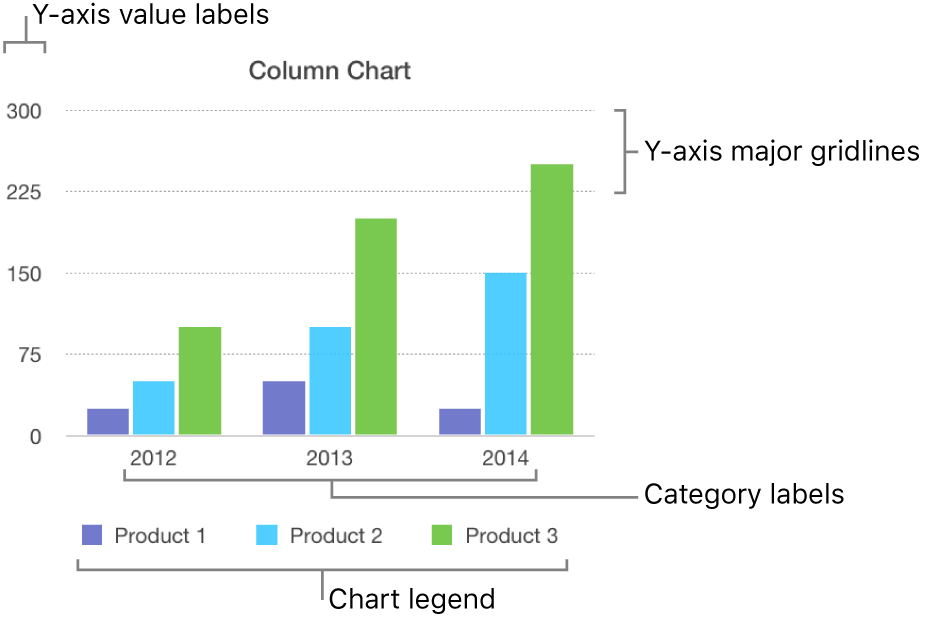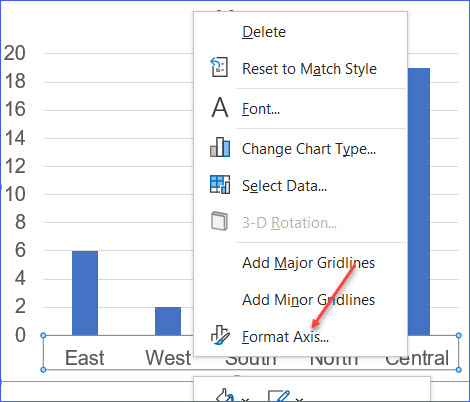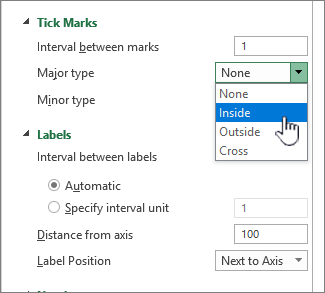
To enhance the look and feel of your graph, you have every formatting tool possible at your fingertips.įormat: The Format tab allows you to add a border around the graph with the width and color you want so that it is properly separated from the data points that are filled in the rows and columns.Īnd you've got it there. You could go along the Y-axis with vertical text and along the X-axis with horizontal text. Layout: This helps you to change the axis title, the chart title, and the legend's location. This can adhere more to the guidelines of your brand, your personal style, or the preference of your manager. You can also experiment with various chart layouts. It allows you the right to modify the form of a chart. Each one will change your Excel graph's look and feel.ĭesign: Design lets you shift and re-position your graph. From the design, the layout, and the format, you can choose. Go to Chart Tools in the Excel header to change colors or to change the design of your graph. Step 5: Improve Your Excel Graph with the Chart Tools In this case, under the Design tab of Chart Tools, you can use the Switch Row/Column option to play around with different X-axis and Y-axis parameter combinations until you find the perfect rendition. Excel may, for instance, plot the Average Number of Leaves/Employee/Year parameter along the X-axis instead of the Year.

Often, in the first stage, if you do not allocate the correct data form to your columns, the graph may not display the way you want it to. Below your data values, you can instantly see a graph emerging. Visit the Insert tab with the columns selected and choose the 2D Line Graph option. Your final selection should look something like this: Step 4: Create the Basic Excel Graph
How to get axes labels on excel for a mac mac#
Repeat with columns B and C, press the Ctrl (Control) button on Windows, or use the Mac Command key. Click on cell A when this occurs, and the entire column will be picked. You'll see it turn into a tiny arrow that points downwards. Place your cursor over the cell labeled A to do this. You need to select the various data parameters for a graph to be generated. Step 3: Highlight The Data Sets That You Want To Use Let's say that we track the average number of working hours/week/employee and the average number of leaves/employee/year against the duration of fourteen years. Line graphs are your best choice if you're trying to take note of patterns over time. This would depend on the type of information you have and the number of different parameters that you are simultaneously monitoring. Step 2: Choose the Type of Excel Graph You Want to Create If you do not do this, chances are that your graphs are not going to show up correctly.įor example, if column B measures time, make sure you select the time option from the drop-down menu and assign it to column B. Make sure you visit the Number section under the Home tab after all the data values have been set and accounted for, and allocate the correct data form to the different columns. The columns that are vertical and marked with alphabets.The rows that are horizontal and marked with numbers.If that doesn't work, you might also need to enter or copy and paste the data manually into the spreadsheet before generating the Excel graph.Įxcel has two components to its spreadsheets: Working with a clean spreadsheet is easier so that the Excel graph you construct is simple and quick to edit or alter.

You will still need to clean up the rows and columns after converting the file. If this is the case, create an Excel file using an online CSV to Excel converter or open it in Excel and save the file with an Excel extension. csv (comma-separated values) formatted document. If you have imported this data from another application, it is likely to be compiled into a.


The first step is to actually fill the data you need with an Excel spreadsheet. Step 1: Fill the Excel Sheet with Your Data & Assign the Right Data Types


 0 kommentar(er)
0 kommentar(er)
